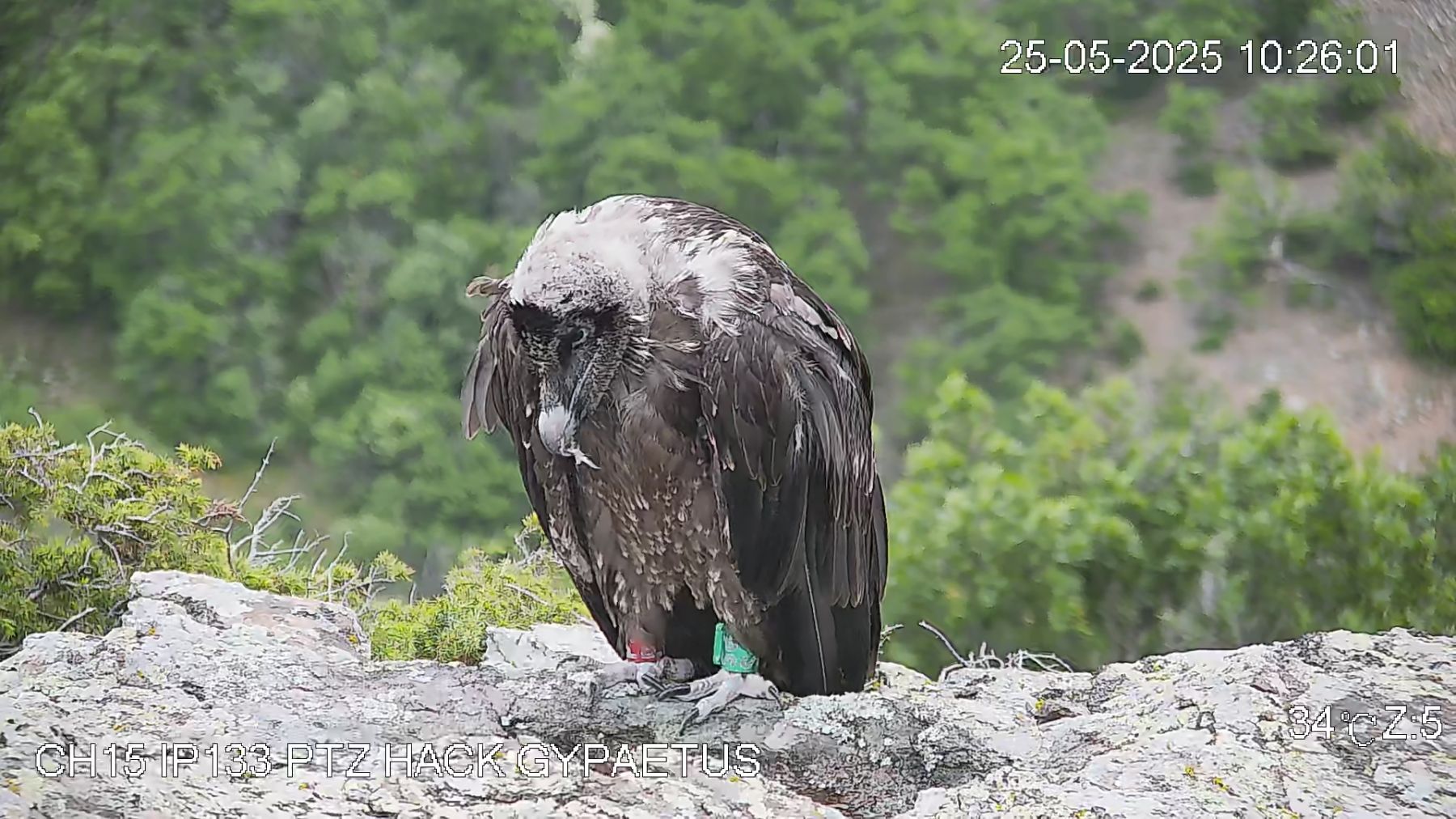
The 29 young wild hatched bearded vultures that fledged this year in the Alps are currently exploring the mountains, but the results of this year’s breeding season are mixed with the total number of fledglings down from last year, although the number of breeding pairs was again a record one.
Occupied territories

Partners whom we work with on the bearded vulture programmes across the Alps have been sending reports into the International Bearded Vulture Monitoring Network (IBM) and for the 2017/18 breeding season there were 52 occupied territories in the Alps (and five in Corsica).
Breeding

This year a total of 29 wild-hatched fledglings were recorded in the Alpine range and one young bird fledged on Corsica. The good news from the Alps is that two new territories occupied this year for the first time by breeding pairs recorded successful reproductions (Malaval and Pralognan) – one of them, in the Écrins national park, constitutes a significant range extension to the West
Unfortunately we also received information about 16 breeding failures. Five of these “failures” happened after the young birds hatched – one of them on Corsica.
2017/18 saw more territories occupied by breeding pairs than 16/17 however, the number of fledglings in the Alpine range was lower compared to the last year’s 31 fledglings. It is the first time since 2012 that the number of wild-hatched birds is not increasing. This year also marks the first time since 2013 that the productivity is lower than 65%. It may be that the best places for the species in the Alps are already occupied, so pairs are occupying more marginal territories – or maybe this year´s weather conditions were more adverse. We will continue to monitor closely the evolution of the breeding population to see if this trend will continue – or not.





